Quest 2 Upper Extremity
1/29
There's no tags or description
Looks like no tags are added yet.
Name | Mastery | Learn | Test | Matching | Spaced |
|---|
No study sessions yet.
30 Terms
The ______ articulates with the capitulum of the humerus
Radius
Which of the following structures is considered to be most posterior?
A. Coronoid process
B. Olecranon process
C. Trochlea
D. Radial tuberosity
B. Olecranon process
The acromion process is an extension of the:
A. Superior angle
B. Coracoid process
C. Supraspinous fossa
D. Scapular spine
D. Scapular spine
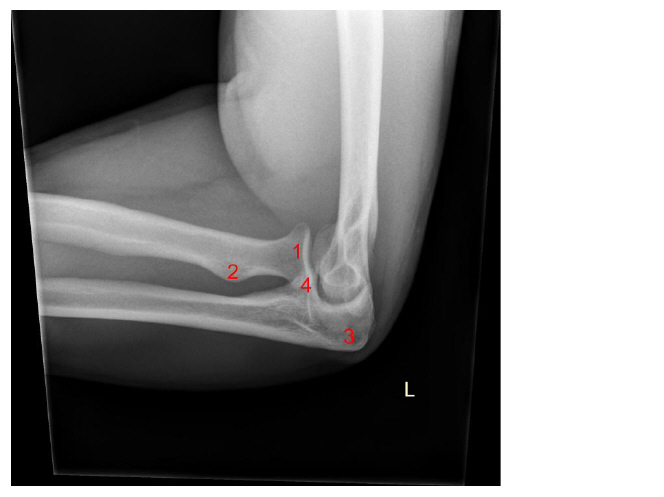
What structure is #4?
A. Radial styloid
B. Coronoid process
C. Radial tuberosity
D. Olecranon process
B. Coronoid process
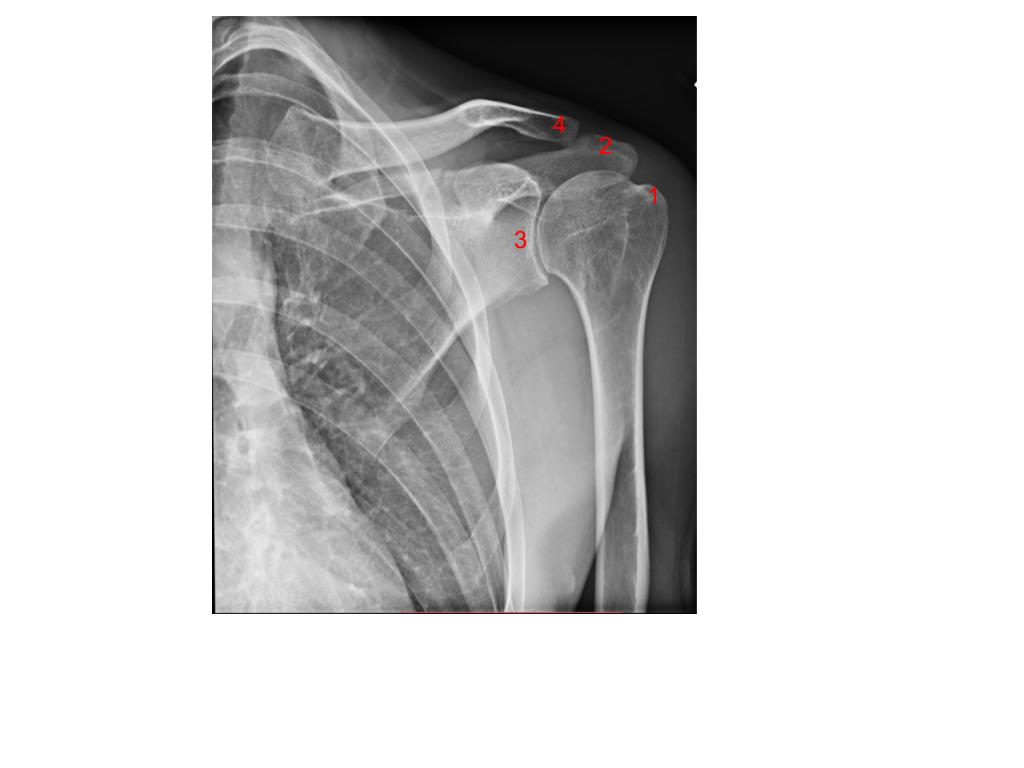
What structure is #3?
A. Greater tubercle
B. Clavicle
C. Acromion process
D. Glenoid process
D. Glenoid process
What is the name of the joint found between the proximal and distal phalanges of the first digit?
A. Distal interphalangeal
B. Metacarpophalangeal
C. Interphalangeal
D. Proximal interphalangeal
C. Interphalangeal
Which of the following structures is not part of the proximal humerus?
A. Anatomic neck
B. Intertubercular sulcus
C. Glenoid process
D. Lesser tubercle
C. Glenoid process
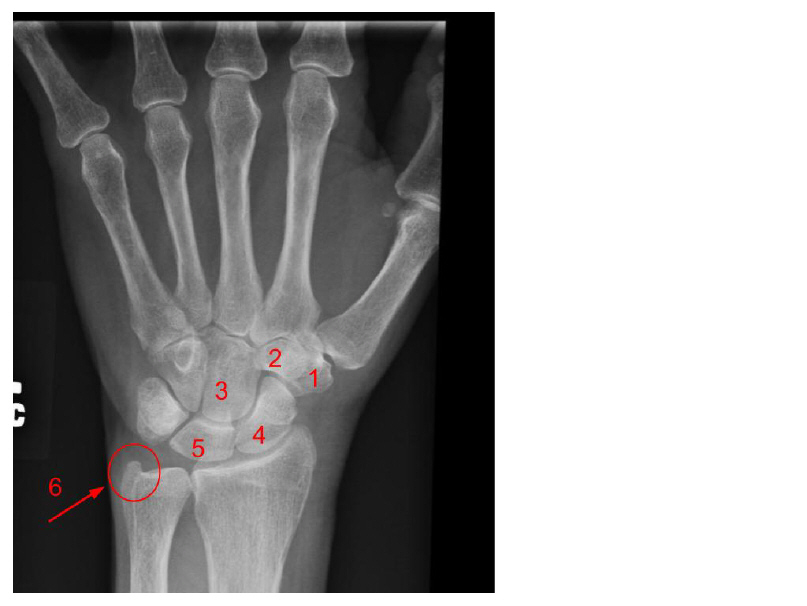
What bone of the wrist is #2?
A. Hamate
B. Lunate
C. Trapezoid
D. Trapezium
C. Trapezoid
Which carpal bone is the smallest?
A. Scaphoid
B. Capitate
C. Hamate
D. Pisiform
D. Pisiform
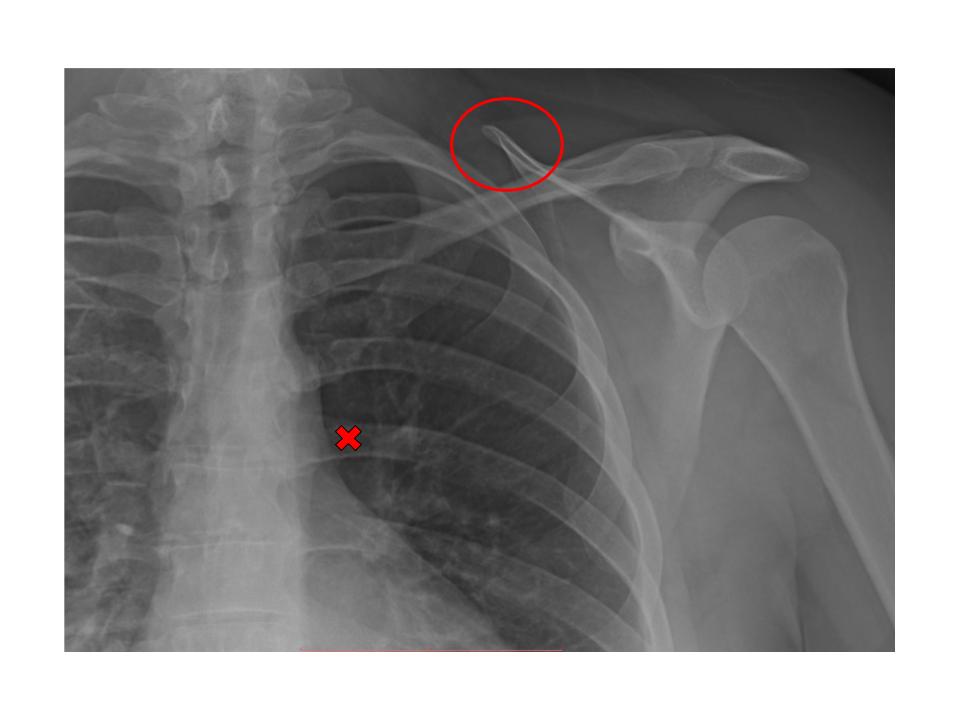
What structure of the scapula is within the red circle?
Superior angle of scapula
Which structure of the humerus is attached to the humeral head?
A. Olecranon fossa
B. Surgical neck
C. Coracoid process
D. Anatomic neck
D. Anatomic neck
The joint found between the base of the third metacarpal and carpal bone is the:
A. Proximal metacarpophalangeal
B. Interphalangeal
C. Intercarpal
D. Carpometacarpal
D. Carpometacarpal
Which of the following structures is considered to be most lateral?
A. Head of ulna
B. Trochlea
C. Coronoid tubercle
D. Capitulum
D. Capitulum
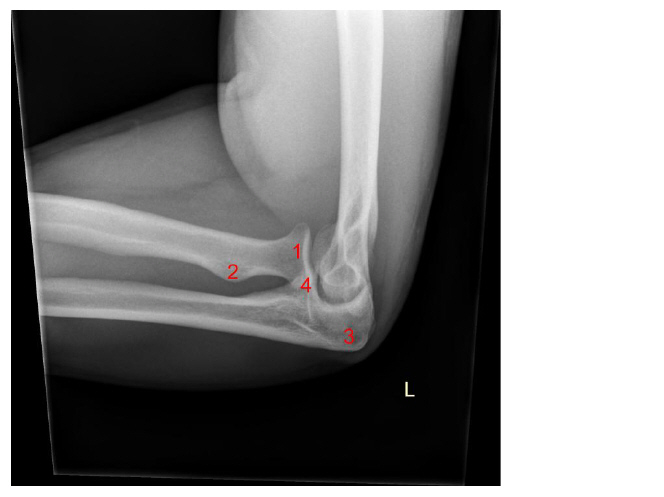
What structure is #2?
A. Radial head
B. Radial styloid
C. Coronoid process
D. Radial tuberosity
D. Radial tuberosity

What structure is #2?
A. Coracoid process
B. AC joint
C. Acromion process
D. Clavicle
C. Acromion process
Which of the following structures is considered to be most distal?
A. Styloid process (radius and ulna)
B. Radial tuberosity
C. Capitulum
D. Radial head
A. Styloid process (radius and ulna)
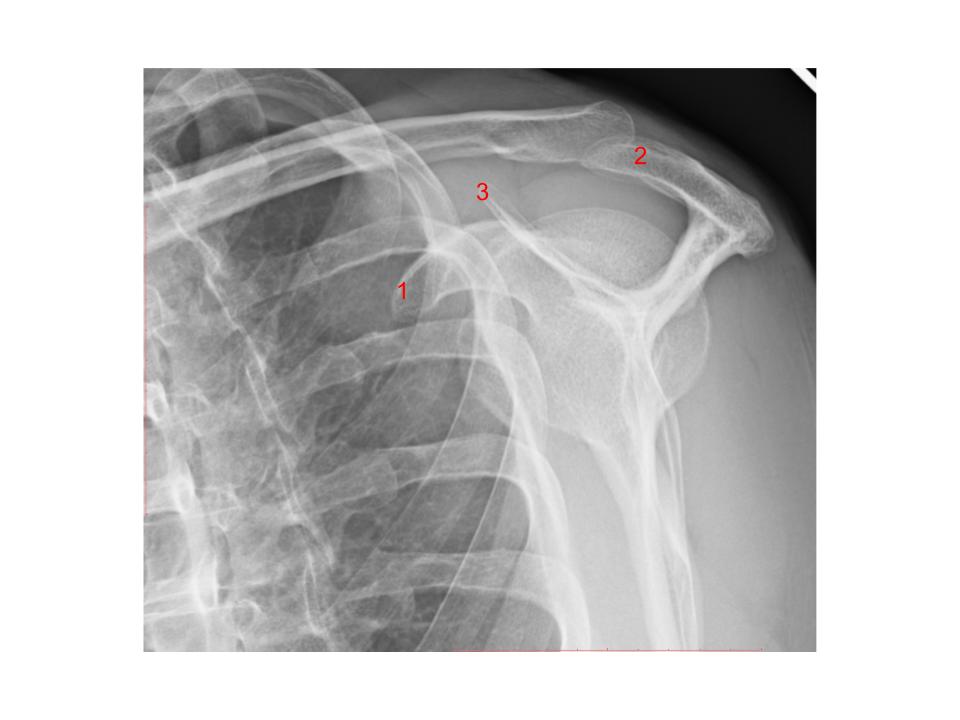
What structure is #1?
A. Coracoid process
B. Glenoid process
C. AC joint
D. Clavicle
A. Coracoid process

What structure is #4?
A. Clavicle
B. Surgical neck of the humerus
C. Anatomic neck of the humerus
D. Coracoid process
B. Surgical neck of the humerus
The trochlea is located _____ on the _____.
Medially, distal humerus
Which of the carpal bones is considered to be the largest?
A. Capitate
B. Triquetrum
C. Hamate
D. Trapezium
A. Capitate

What bone of the wrist is #5?
A. Lunate
B. Capitate
C. Pisiform
D. Trapezoid
A. Lunate
Which of the following AP shoulder projections demonstrates the lesser tubercle in profile medially?
A. Internal rotation
B. External rotation
C. Neutral rotation
D. None of the above
A. Internal rotation
Which two bony landmarks are palpated for positioning of the AP elbow?
A. Trochlea and capitulum
B. Ulnar and radial heads
C. Humeral epicondyles
D. Humeral condyles
C. Humeral epicondyles
What is the name of the large fossa found within the anterior surface of the scapula?
A. Subscapular fossa
B. Glenoid fossa
C. Supraspinous fossa
D. Infraspinous fossa
A. Subscapular fossa
The medial border of the scapula is referred to as the:
A. Supraspinous and infraspinous fossa
B. Vertebral border
C. Scapular surface
D. Dorsal surface
B. Vertebral border
The olecranon fossa is located posteriorly on the _____.
Humerus
Which of the following carpals articulates with the radius?
A. Hamate
B. Trapezium
C. Pisiform
D. Scaphoid
D. Scaphoid
The head of the ulna is located ______ in the forearm.
Distally
Which two structures make up the AC joint in the shoulder?
A. Humerus and clavicle
B. SC joint
C. Coracoid and clavicle
D. Acromion process and clavicle
D. Acromion process and clavicle
What are the names of the two small depressions found on the anterior aspect of the distal humerus?
A. Olecranon and radial fossa
B. Radial and coronoid fossa
C. Trochlea and capitulum
D. Olecranon and coronoid fossa
B. Radial and coronoid fossa